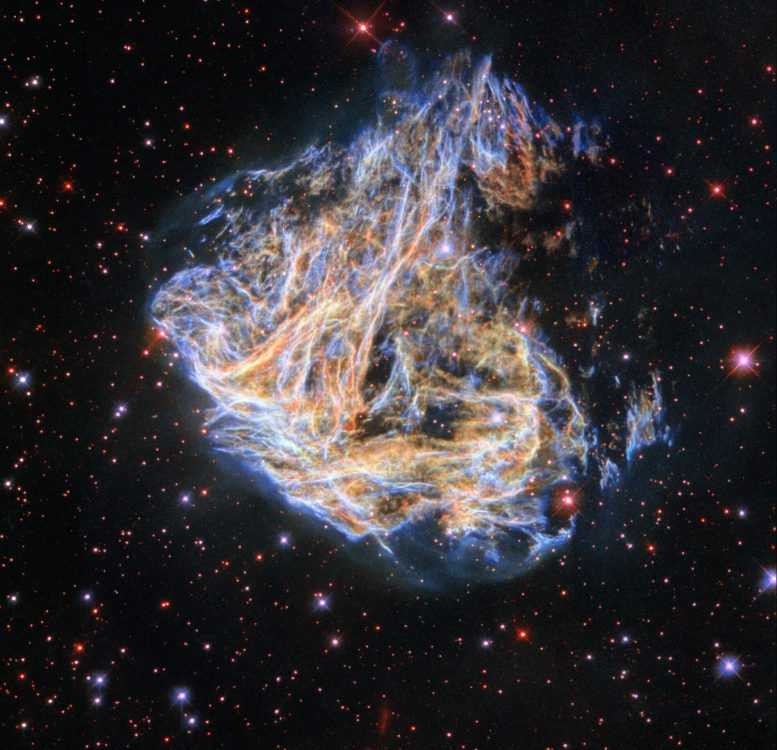
Hubble Space Telescope image of supernova remnant DEM L 190. Credit: ESA/Hubble & NASA, S. Kulkarni, Y. Chu
In this image from the NASA/ESA Hubble Space Telescope, shreds of the luridly colored supernova remnant DEM L 190 seem to billow across the screen. The delicate sheets and intricate filaments are debris from the cataclysmic death of a massive star that once lived in the Large Magellanic Cloud, a small satellite galaxy of the Milky Way. DEM L 190 — also known as LMC N49 — is the brightest supernova remnant in the Large Magellanic Cloud and lies approximately 160,000 light-years away from Earth in the constellation Dorado.
This striking image was created with data from two different astronomical investigations, using one of Hubble’s retired instruments, the Wide Field Planetary Camera 2 (WFPC2). This instrument has since been replaced by the more powerful Wide Field Camera 3 (WFC3), but during its operational lifetime, it contributed to cutting-edge science and produced a series of stunning public outreach images. The first of the two WFPC2 investigations used DEM L 190 as a natural laboratory in which to study the interaction of supernova remnants and the interstellar medium, the tenuous mixture of gas and dust that lies between stars. In the second project, astronomers turned to the Hubble Space Telescope to pinpoint the origin of a Soft Gamma-ray Repeater, an enigmatic object lurking in DEM L 190 which repeatedly emits high-energy bursts of gamma rays.
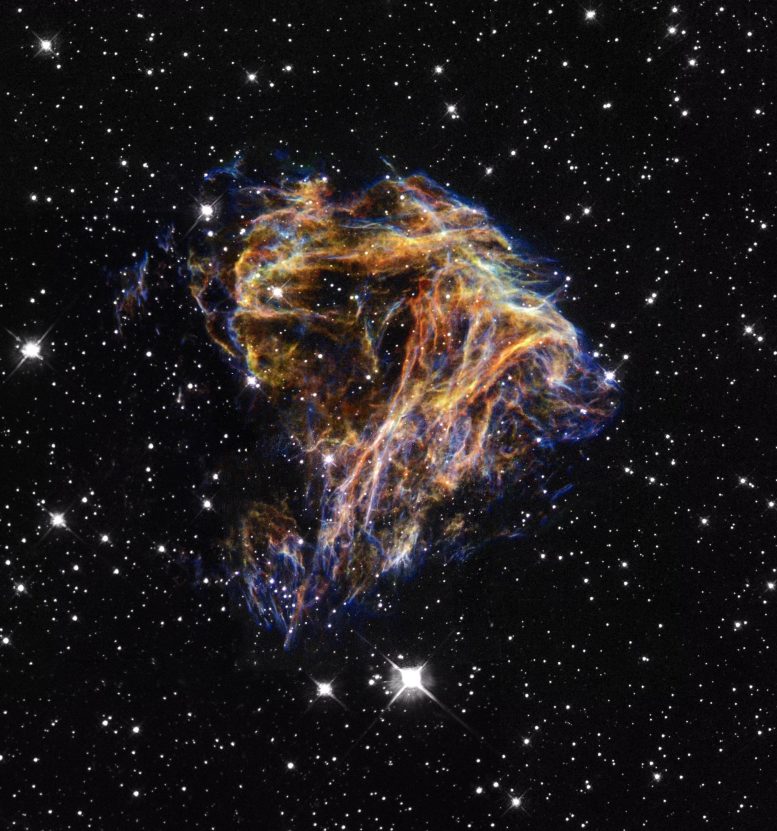
This Hubble Space Telescope image of supernova remnant DEM L 190 was published in 2003. Resembling the puffs of smoke and sparks from a summer fireworks display, these delicate filaments are actually sheets of debris from a stellar explosion in a neighboring galaxy. Hubble’s target was a supernova remnant within the Large Magellanic Cloud (LMC), a nearby, small companion galaxy to the Milky Way visible from the southern hemisphere. Denoted N 49, or DEM L 190, this remnant is from a massive star that died in a supernova blast whose light would have reached Earth thousands of years ago. This filamentary material will eventually be recycled into building new generations of stars in the LMC. Our own Sun and planets are constructed from similar debris of supernovae that exploded in the Milky Way billions of years ago. Credit: NASA/ESA and The Hubble Heritage Team (STScI/AURA)
This is not the first image of DEM L 190 to be released to the public — a previous Hubble portrait of this supernova remnant was published in 2003 (image above). This new image incorporates additional data and improved image processing techniques, making this spectacular celestial fireworks display even more striking!



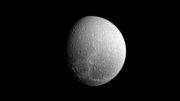


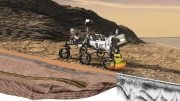
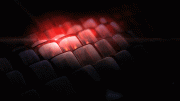

Be the first to comment on "Celestial Fireworks Display: Hubble Captures Shreds of Luridly Colored Supernova Remnant"